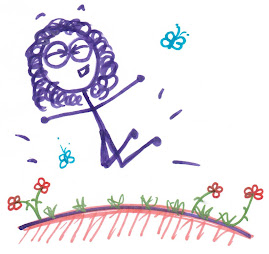Bull, Glen (2009).Digital libraries; shifting the landscape. Learning & Leading with Technology, August 2009, 12-13.
Digital Libraries; Shifting the Landscape
This article addresses the potential end to the “marriage” between reading and print material. Personally, I think this is an absolutely astounding and exciting move. I’ve viewed the Kindle on Amazon countless times and sincerely want to have one; I just can’t afford it yet. Kindle is an electronic “read-like-paper” handheld library. Part of what excites me the most will be the lack of paper being processed or ink created and used. It seems like it will simply save money on both ends and is a win-win situation. The article discusses how Google has been digitizing books and has even collaborated with Universities in order to digitize volume libraries that they have decided to remove from their library.
What is an advantage of digital reading over print reading?
A huge advantage is the “alt-F” or “find” command. If a student wants to find the paragraph that specifically addresses electron configuration, they can type just that into the find box and every instance of that phrase will be searched out throughout the entire article (or even book) and the student can scroll through each instance until they find what they are looking for.
How would digitizing affect availability of an item?

